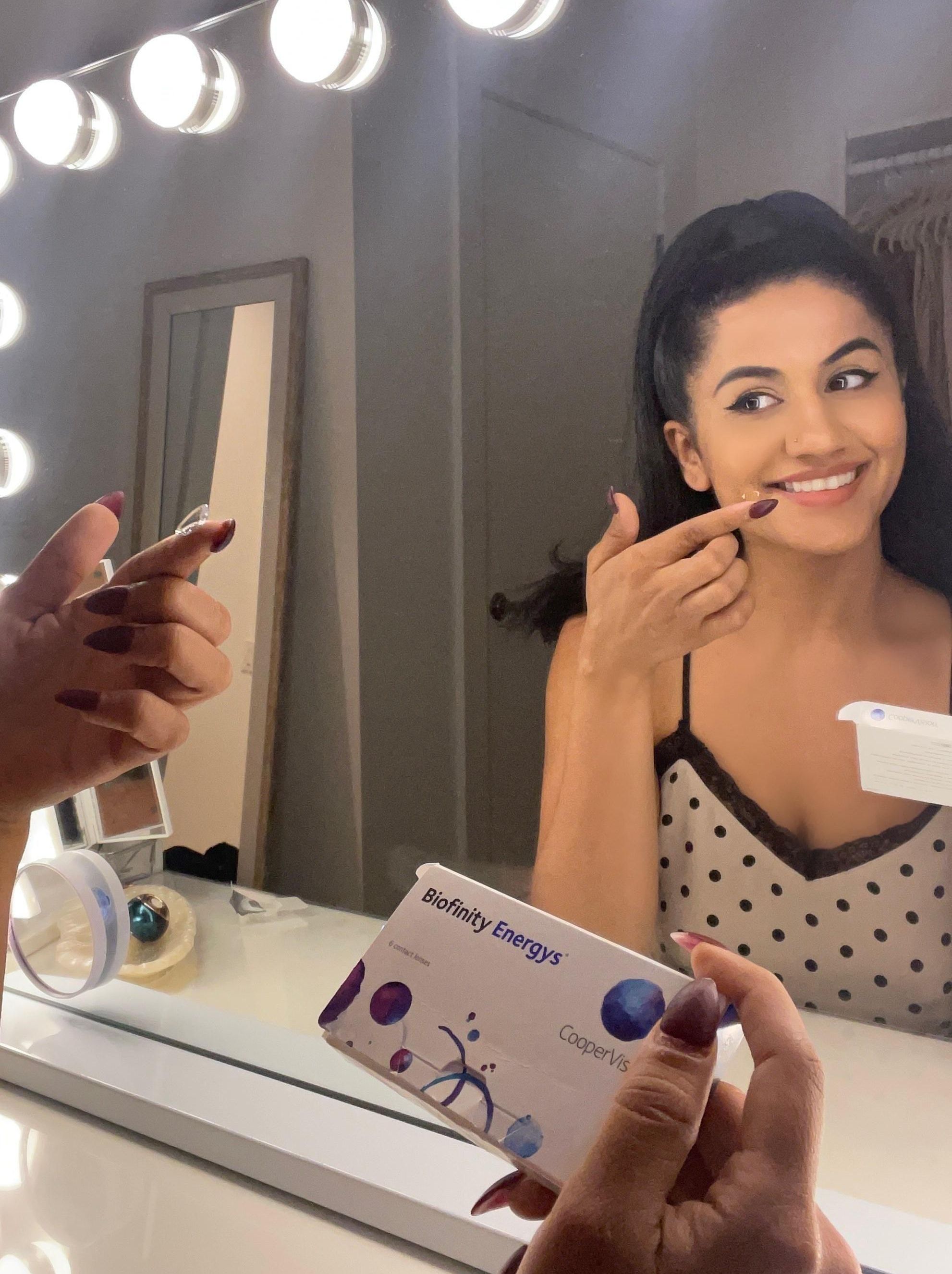From political science to joining the fight against cancer: How one woman found her passion
An unexpected pivot to project management expanded Krystal Brady's idea of what it means to make a positive impact.
Krystal Brady utilizes her project management skills to help advance cancer research and advocacy.
Cancer impacts nearly everyone’s life in one way or another, and thankfully, we’re learning more about treatment and prevention every day. Individuals and organizations dedicated to fighting cancer and promising research from scientists are often front and center, but we don’t always see the people working behind the scenes to make the fight possible.
People like Krystal Brady.
While studying political science in college, Brady envisioned her future self in public office. She never dreamed she’d build a successful career in the world of oncology, helping cancer researchers, doctors and advocates continue battling cancer, but more efficiently.
Brady’s journey to oncology began with a seasonal job at a small publishing company, which helped pay for college and awakened her love for managing projects. Now, 15 years later, she’s serving as director of digital experience and strategy at the American Society of Clinical Oncology (ASCO), which she describes as “the perfect place to pair my love of project management and desire to make positive change in the world.”
As a project manager, Brady helps make big ideas for the improvement of diagnosing and treating cancer a reality. She is responsible for driving the critical projects that impact the lives of cancer researchers, doctors, and patients.
“I tell people that my job is part toolbox, part glue,” says Brady. “Being a project manager means being responsible for understanding the details of a project, knowing what tools or resources you need to execute the project, and facilitating the flow of that work to the best outcome possible. That means promoting communication, partnership, and ownership among the team for the project.”
At its heart, Brady’s project management work is about helping people. One of the big projects Brady is currently working on is ASCO’s digital transformation, which includes upgrading systems and applications to help streamline and personalize oncologists’ online experience so they can access the right resources more quickly. Whether you are managing humans or machines, there’s an extraordinary need for workers with the skillset to harness new technology and solve problems.
The digital transformation project also includes preparing for the use of emerging technologies such as generative AI to help them in their research and practices.
“Most importantly, it lays the groundwork for us to make a meaningful impact at the point of care, giving the oncologist and patient the absolute latest recommendations or guidelines for care for that specific patient or case, allowing the doctor to spend more time with their patients and less time on paperwork,” Brady says.
In today’s fast-changing, quickly advancing world, project management is perhaps more valuable than ever. After discovering her love for it, Brady earned her Project Management Professional (PMP)® certification through Project Management Institute (PMI)—the premier professional organization for project managers with chapters all over the world—which she says gave her an edge over other candidates when she applied for her job at ASCO.
“The knowledge I gained in preparing for the PMP exam serves me every day in my role,” Brady says. “What I did not expect and have truly come to value is the PMI network as well – finding like-minded individuals, opportunities for continuous learning, and the ability to volunteer and give back.”
PMI’s growing community – including more than 300 chapters globally – serves as a place for project managers and individuals who use project management skills to learn and grow through events, online resources, and certification programs.
While people often think of project management in the context of corporate careers, all industries and organizations need project managers, making it a great career for those who want to elevate our world through non-profits or other service-oriented fields.
“Project management makes a difference by focusing on efficiency and outcomes, making us all a little better at what we do,” says Brady. “In almost every industry, understanding how to do our work more effectively and efficiently means more value to our customers, and the world at large, at an increased pace.”
Project management is also a stable career path in high demand as shown by PMI research, which found that the global economy will need 25 million more project managers by 2030 and that the median salary for project managers in the US has grown to $120K.
If you’d like to learn more about careers in project management, PMI has resources to help you get started or prove your proficiency, including its entry-level Certified Associate in Project Management (CAPM) certification program. For those interested in pursuing a project management career to make a difference, it could be your first step.- More than a career: How two project managers are driving environmental change ›
- Meet Mr. Joffee, fourth-grade teacher and living proof that teachers change lives. ›






 via Nike
via Nike